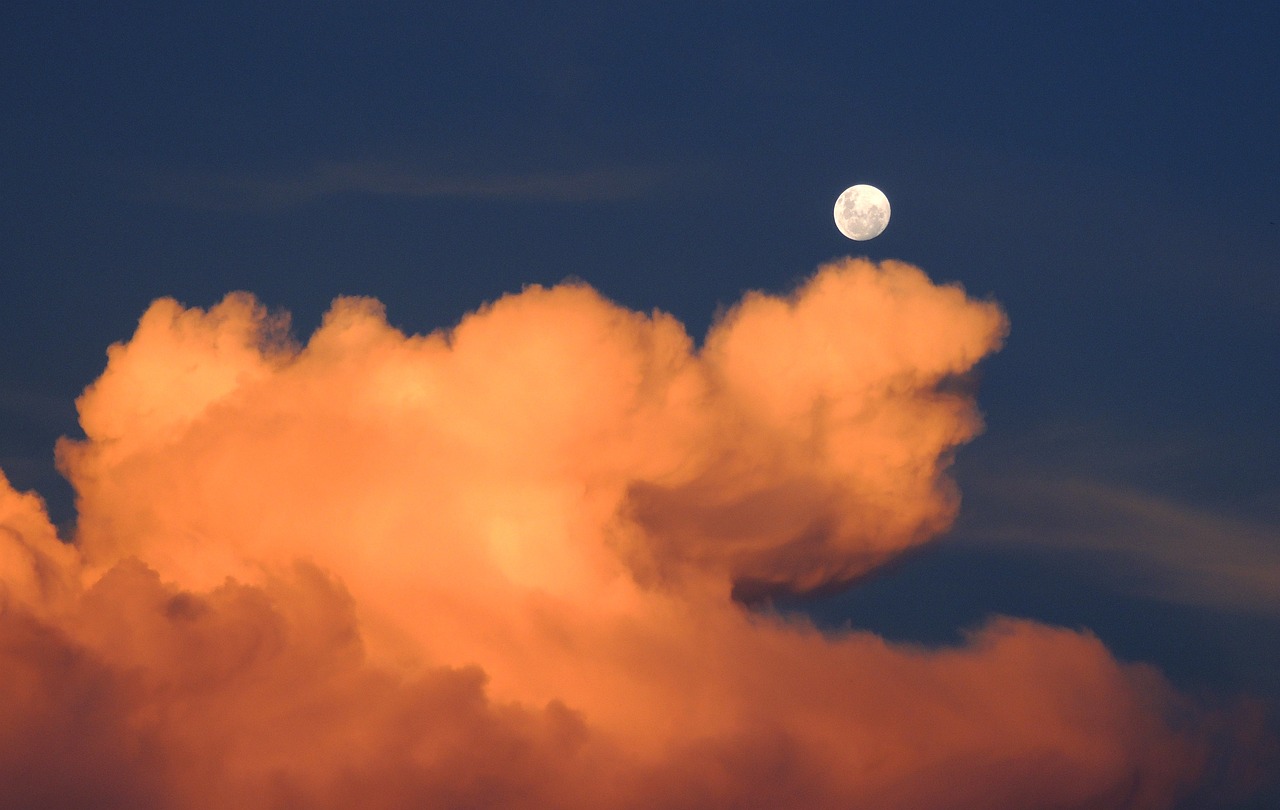While much focus is often placed on the deities of the sun in ancient Egyptian worship, the moon gods deserve equal attention. One such deity, Khonsu, has a rich history worth exploring. Initially, Thoth was the primary moon god, embodying wisdom and the passage of time; however, as Egyptian mythology progressed, Khonsu emerged as the primary lunar god, particularly in the later periods, succeeding Thoth’s more generalized role.
To delve into Khonsu, it’s important to highlight a key observation: many gods in ancient Egyptian cosmology have names that do not seem to directly relate to their celestial associations. For instance, the term for “moon” in ancient Egyptian is jʿḥ. Although Iah, a moon god from the Late Period, shares phonetic similarities with this term, Thoth and Khonsu do not. Erik Hornung emphasizes the complexity of the relationship between deities and their celestial elements, urging against simplistic interpretations of these divine figures.
Interestingly, one theory regarding the etymology of Khonsu’s name aligns him with lunar characteristics. It is believed that Khonsu derives from a verb meaning “to traverse,” establishing him as “the wanderer” or “he who traverses the sky.” Another less-favored interpretation splits his name into components relating to kingly imagery, proposing that Khonsu embodies the concept of the royal placenta, an idea favored by some scholars for its connection to kingly iconography. Toby Wilkinson discusses how early depictions show kings accompanied by various symbols of royalty, including an object likened to a placenta, suggesting complex cultural linkages between kingship and divinity.
Khonsu, like Thoth, plays a notable role in determining time. Associated with the eighth hour of the day, Khonsu’s lunar connection reinforces the cyclical nature of time, affecting both human and animal gestation and establishing a fixed lifespan for all beings, including gods.
Over centuries, Khonsu’s roles evolved significantly in Egyptian mythology. In the Pyramid Texts, he is portrayed as a fierce deity, helping the king conquer divine beings to enhance his own power. Later, his character shifted to one associated with childbirth and gestation, tying back to the imagery of the placenta. By the New Kingdom, he became an integral member of the Theban Triad alongside Amun and Mut, worshipped in elaborate temples, especially in Karnak. This flexibility in roles reflects the broader and often inconsistent nature of ancient Egyptian religious beliefs, where deities like Khonsu could concurrently participate in various divine narratives.
During the Ptolemaic era, Khonsu was also interwoven into a rebirth narrative related to Amun. Egyptians believed that upon Amun’s death, he took the form of Osiris and entered the womb of Osiris’s mother, later being reborn as Khonsu. A temple dedicated to Opet-Nut, the mother of Osiris, exists adjacent to Khonsu’s temple in Karnak, marking the location of this supposed rebirth. Khonsu’s role further expanded to encompass healing, gaining a reputation as a protector of the king, especially embraced by Ptolemy IV.
In representations, Khonsu is usually depicted as a mummiform figure – often with a hawk’s head or occasionally resembling Thoth’s baboon form. His attire typically includes a sidelock of youth and a divine beard, with distinguishing markings such as a crescent pectoral necklace. His lunar aspect becomes apparent through his headdress, featuring a full moon nestled within a crescent. Furthermore, he often carries symbols such as the crook and flail, typically associated with kingship.
The main temple dedicated to Khonsu resides within the Amun precinct at Karnak, notable for its preserved colors resulting from recent restorations. Interestingly, most of Khonsu’s shrines are housed within larger temple complexes, with a notable exception at Tanis, where Khonsu-Neferhotep is worshipped alongside the Theban Triad. The festivals honoring the Theban Triad, including the Beautiful Festival of the Valley and the Opet Festival, were elaborate processions that transported their divine images across the region, showcasing the pivotal role of Khonsu in these significant cultural events.
In addition to temples and festivals, artifacts such as Khonsu amulets and plaques reveal his enduring presence in later Egyptian history. These artifacts not only depict Khonsu in various forms but also highlight his healing attributes, particularly in cippi that replace Horus with Khonsu—suggesting his continued relevance in public consciousness.
One popular narrative featuring Khonsu is captured on the Bentresh Stela, a piece of propaganda likely originating in Ptolemaic times. It recounts an episode where Khonsu assists Ramesses II, sending a statue to heal a princess, which further cements Khonsu’s hierarchical significance among deities and underscores the cultural bridge between Hellenistic and ancient Egyptian beliefs. Through this tale, Khonsu’s dimensions as a complex lunar god merge with themes of national identity and divine supremacy.
Khonsu’s significance in Egyptian mythology transcends a mere characterization as a lunar god; he embodies various intertwining roles and narratives that reflect the rich tapestry of beliefs prevalent in ancient Egyptian society.



